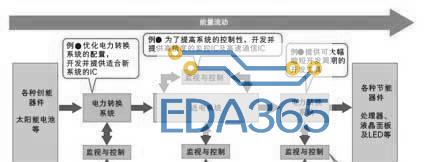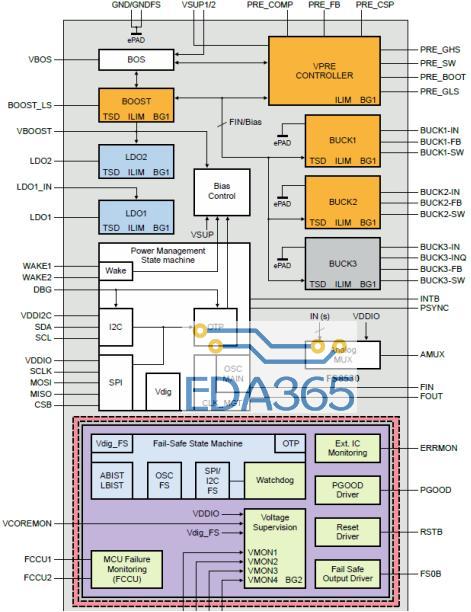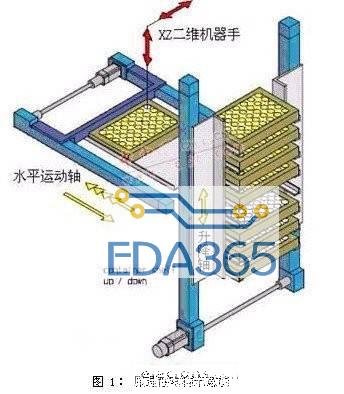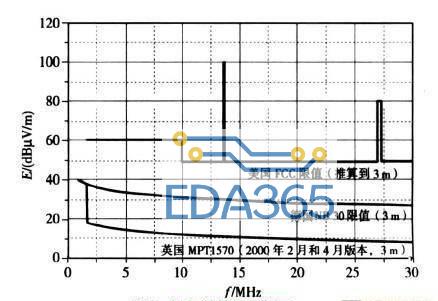ST公司的SPV1040是嵌入了MPPT的高效太阳能电池充电器,输入电压0.3V到5.5V,内部集成140 mΩ同步整流器, 120 mΩ功率开关,100kHz固定PWM频率,占空比有MPPT算法来控制,输出电压具有稳压,过流和超温保护.本文介绍了SPV1040主要特性, 方框图,典型应用电路,输出并联和串联连接图,以及太阳能电池充电器STEVAL-ISV006V2电路图和材料清单与PCB布局图.
SPV1040主要特性:
■ 0.3 V to 5.5 V operating input voltage
■ 140 mΩ internal synchronous rectifier
■ 120 mΩ internal power active switch
■ 100 kHz fixed PWM frequency
■ Duty cycle controlled by MPPT algorithm
■ Output voltage regulation, overcurrent and overtemperature protection
■ Input source reverse polarity protection
■ Built in soft-start
■ Up to 95% efficiency
■ 3 mm x 4.4 mm TSSOP8 package
SPV1040应用:
■ Smart phones and GPS systems
■ Wireless headsets
■ Small appliances, sensors
■ Portable media players
■ Digital still cameras
■ Toys and portable healthcare
图1.SPV1040方框图
图2.SPV1040简化应用电路图
图3.SPV1040输出并联连接图
图4.SPV1040输出串联连接图
采用SPV1040的太阳能电池充电器STEVAL-ISV006V2
STEVAL-ISV006V2: solar battery charger using the SPV1040
The SPV1040 is a high efficiency, low power and low voltage DC-DC converter that provides a single output voltage up to 5.2 V. Startup is guaranteed at 0.3 V and the device operates down to 0.45 V when coming out from MPPT mode. It is a 100 kHz fixed frequency PWM step-up (or boost) converter able to maximize the energy generated by few solar cells (polycrystalline or amorphous). The duty cycle is controlled by an embedded unit running an MPPT algorithm with the goal of maximizing the power generated from the panel by continuously tracking its output voltage and current.
The SPV1040 guarantees the safety of overall application and of converter itself by stopping the PWM switching in the case of an overcurrent or overtemperature condition.
The IC integrates a 120 mΩ N-channel MOSFET power switch and a 140 mΩ P-channel
MOSFET synchronous rectifier.
图5.采用SPV1040的典型应用电路
图6.太阳能电池充电器STEVAL-ISV006V2外形图
图7. STEVAL-ISV006V2电路图
太阳能电池充电器STEVAL-ISV006V2材料清单:
图8. STEVAL-ISV006V2 PCB布局图
『本文转载自网络,版权归原作者所有,如有侵权请联系删除』
 热门文章
更多
热门文章
更多









